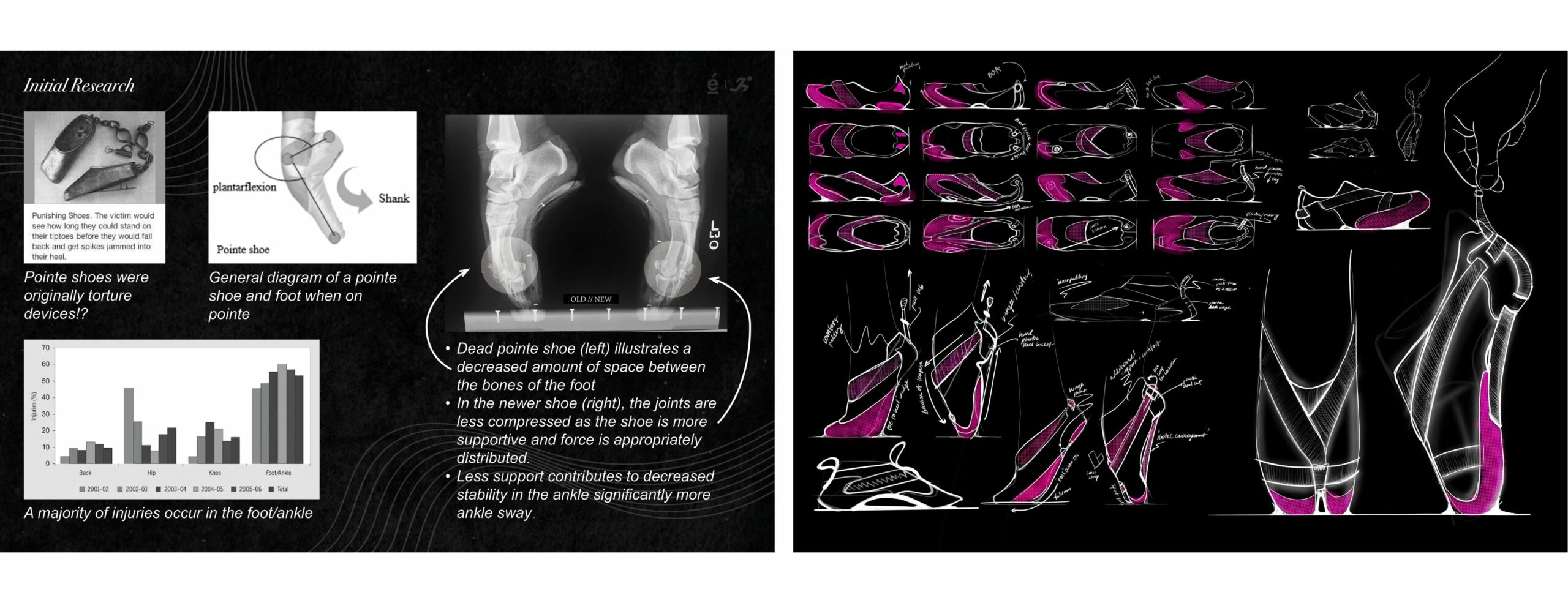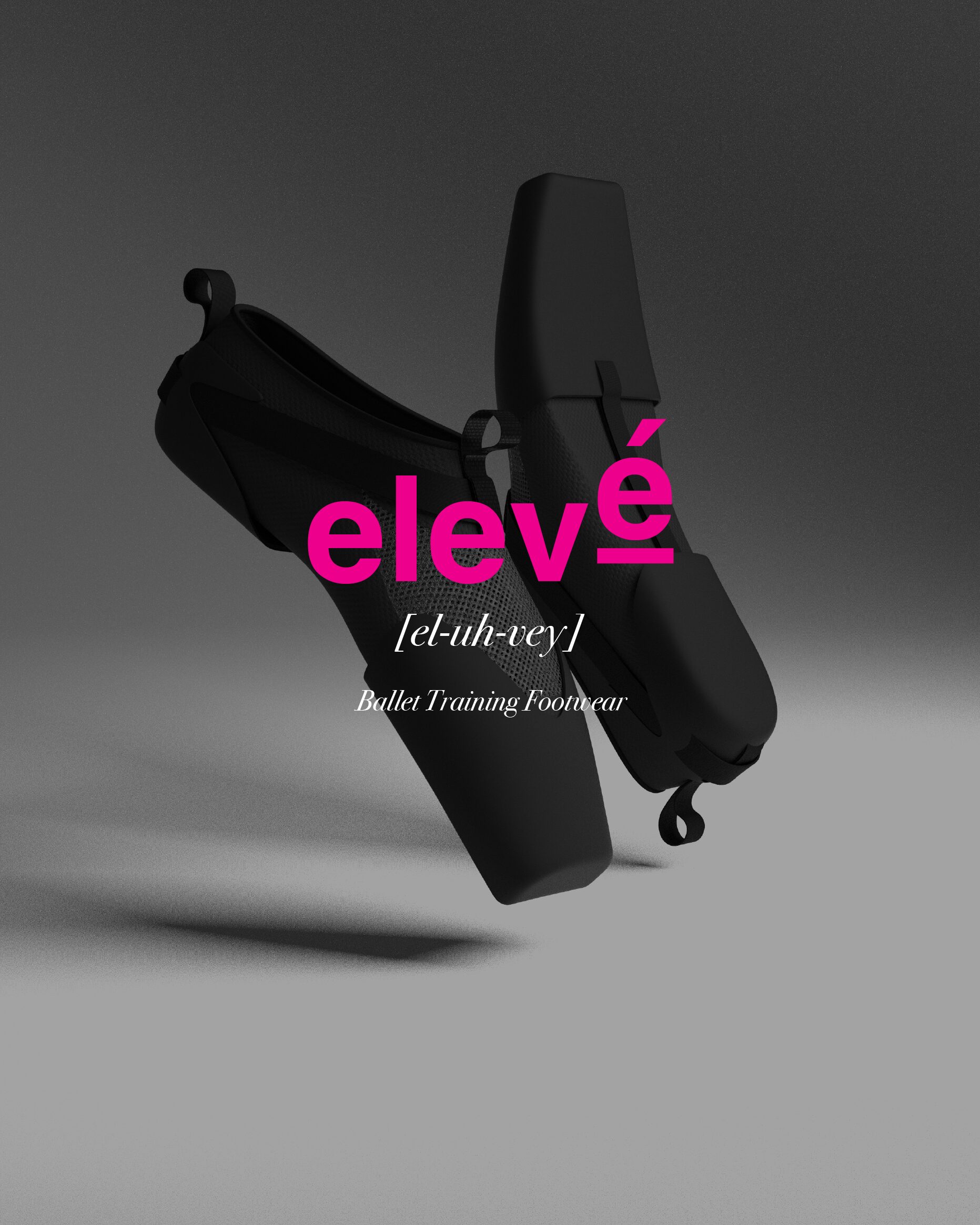Some designers chase trends. Others, like John Helf, chase stories. Emerging Designer of the Year 2024 at the Global Footwear Awards and the mind behind elevé, a ballet training shoe that blends innovation with artistry, Helf has always been drawn to the way footwear shapes movement—and vice versa.
From pushing school dress codes with bold sneakers to studying design at the University of Oregon, his journey has been anything but ordinary. Inspired by sport, storytelling, and a deep curiosity about how people move through life, he’s redefining performance footwear with both purpose and style.
In this conversation, we talk about his path into design, what makes elevé stand out, and where he sees the future of footwear heading.
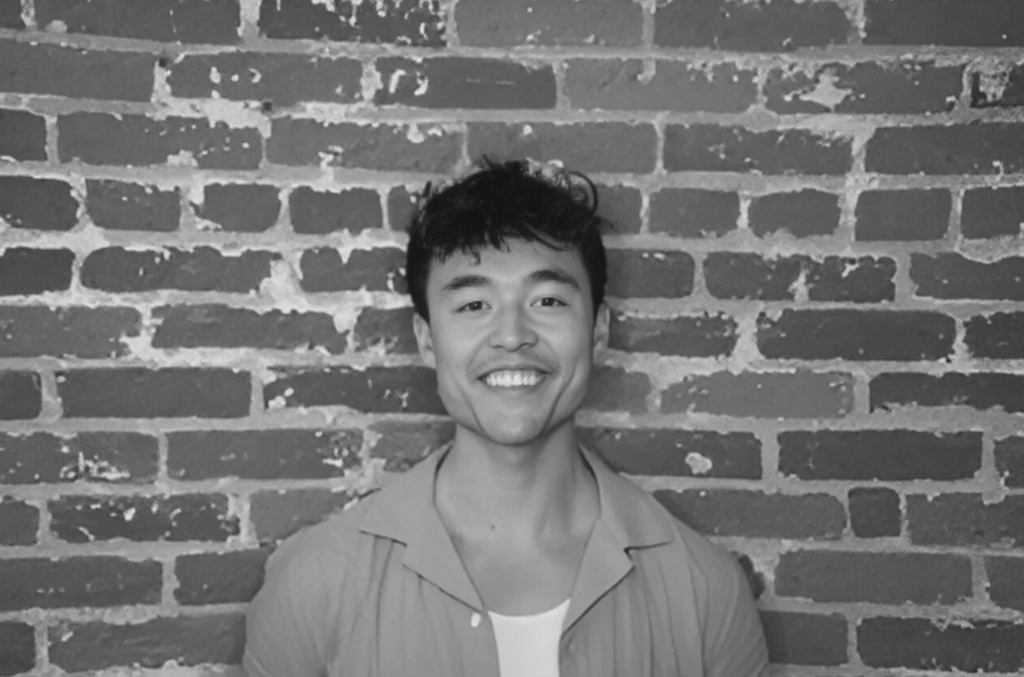
Can you tell us a bit about your background? Why did you decide to follow design as a career?
From a young age, I found myself balancing a passion for both storytelling and sports. I’d push the limits of my school’s dress code with wild, colorful sneakers that I could still play soccer in during recess and write comic books for my classmates to keep them entertained. When I first attended the University of Wisconsin–Madison, my goal was to write and direct films, but I quickly realized I wanted something more active—an outlet that combined my love of creating inspiring stories with the joy of motivating others to feel empowered as they moved through life. Footwear design became the perfect medium for me. I was fascinated by tiny details—like how impossibly light Messi’s adizero boots were, the subtle textures on CR7’s Mercurials, or even the simple red slashes on Kobe’s Bruce Lee 5s—and how those elements told bigger stories. Especially in moments like Nike’s World Cup commercials, I can still remember how iconic footwear embodied the perfect blend of storytelling and innovation for my friends and me. That rediscovery of my passions set me on the path toward footwear design and ultimately led me to the University of Oregon to refine my craft and continue blending the worlds of creativity, sport, and storytelling.
What is your personal design philosophy? Did your work on elevé help refine it, or did it change it a bit?
My personal design philosophy involves inspiring individuals to own their stories. The phrase is an offshoot of one of my favorite ideas that “one who has a why, can bear almost any how”, because they both recontextualize the obstacles we face in our lives not as setbacks but rather opportunities to help us reflect and redefine our purpose. I think that by embracing the journey over the destination and by fueling that journey with proper prayer and contemplation, our lives and the people in them overflow with meaning and joy.
Further, by trusting in my own journey, I feel like I can better empathize with others and their journeys as well, and hopefully, when people view my work, they feel that sense of purpose in their own lives.
In this, elevé helped me refine this goal because it allowed me to listen to a story that I never thought I would get to hear. While initially unfamiliar with the struggles ballet dancers go through, I think that elevé allowed me to embrace my own ignorance not as something to be ashamed of but as an opportunity to learn and grow.
What inspired you to create such high-performance ballet shoes? Was it influenced by personal experience, or did the idea come from another perspective?
Elevé honestly came from having good friends in the ballet industry, and also entering into their world with a genuine curiosity. While it began as a simple three-week school project, it allowed me to recognize that many dancers felt underserved in terms of footwear innovation. My goal was to create something both inspiring and functional—shoes that addressed their unique needs, elevated their performance, and honored the artistry of ballet.
What makes the elevé different from other ballet shoes out there?
I think that what makes elevé different is not only the technical aspects of tension, beauty, and form that pays homage to its athletes but also the potential for ballet streetwear or athletic wear to take off in its subtle yet distinct style. I think what I love most about elevé is that it mimics its athletes, creating an inspiring balance of elegance and athleticism.
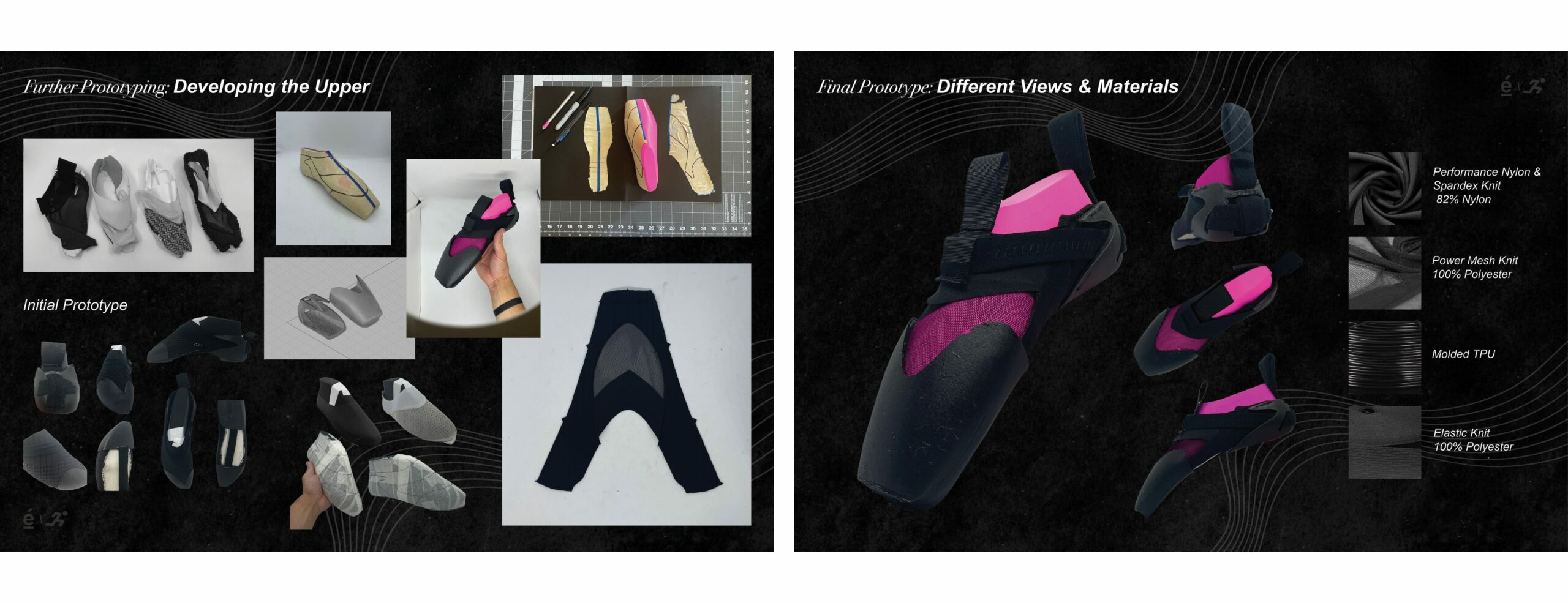
Can you tell us about your choice of materials? Why did you choose TPU for the toe and heel cages, and what benefits does this material bring?
In terms of materials, elevé embodies a modern take on a historical silhouette. By incorporating comfortable and high-performance elements into a form that has roots in medieval torture devices (I was shocked when I learned that!), it was a change that I felt empowered dancers who deserve to feel refined yet energized by their footwear.
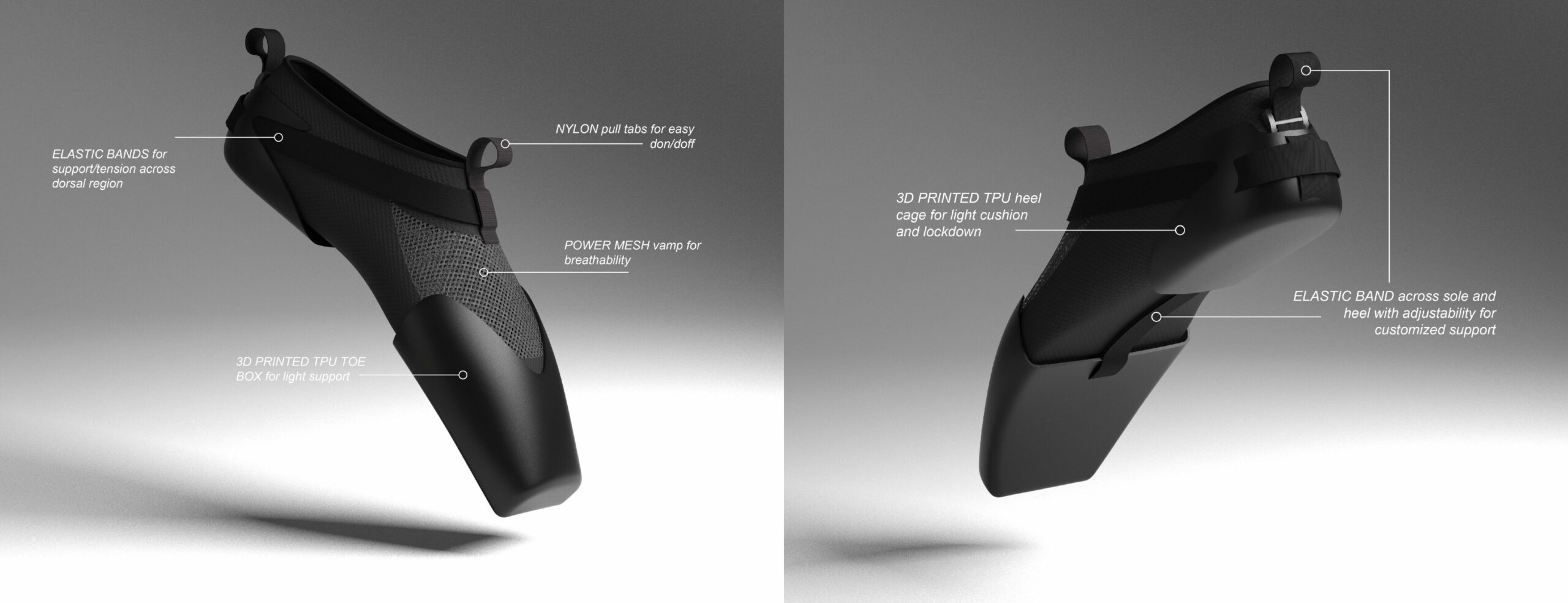
Have you received any feedback from ballet dancers who have tested elevé? What insights or reactions did they share?
Yeah! Although I am not sure that my prototype is market-ready yet, the feedback behind elevé has been overwhelmingly positive. I think that because the design was informed by ballet dancers, elevé speaks for itself.
Working on elevé must have given you moments of discovery and struggle, can you share a particularly memorable one?
For me, the most difficult part of the journey was creating something that felt technically sound. Even still, I have a lot to learn about the biomechanics of ballet, and I hope elevé can embody the beauty of innovation even if it is still a work in progress.
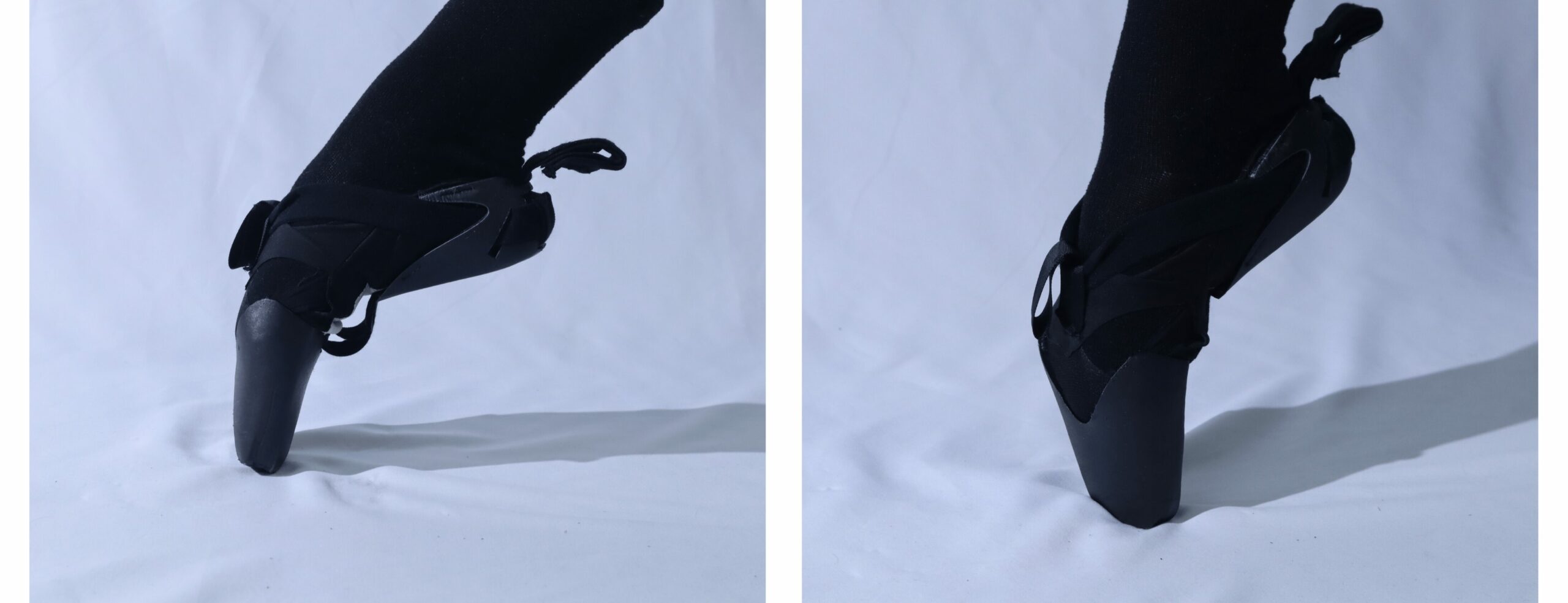
Congratulations on your multiple wins at the Global Footwear Awards! As a student designer, what advice would you give to others looking to make a mark in such a competitive field?
Wow, I totally feel like I am still a student in this world, but my advice would be to listen first and design second. Beginning with empathy not only grounds your work but also unlocks a certain magic that only emerges when you’re willing to be curious. In my opinion, designers are not doctors; simply prescribing solutions, but rather collaborators who create solutions by continually being brave enough to embrace the unknown.
What are your aspirations for the future, both in terms of personal projects and how you see the footwear or performance design industry evolving?
In the future, my goal is for my work to help people embrace their own stories. Whether that be in big moments in the gym or on the stage, or in quieter ones at church or in the workplace, I believe that meaning comes from believing in ourselves enough to be vulnerable and connect with those around us. I see these values mirrored more and more in the footwear industry, especially in campaigns that spotlight niche athletes with powerful stories and in how manufacturing processes are gradually shifting toward meaningful quality over sheer quantity.







